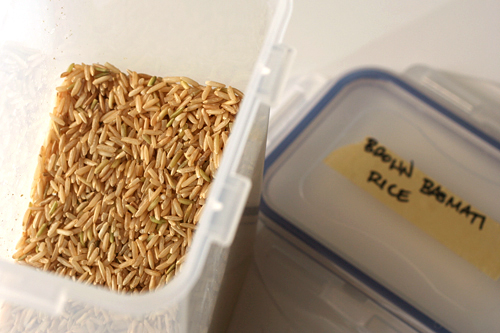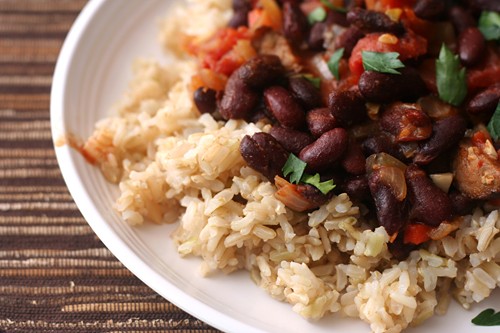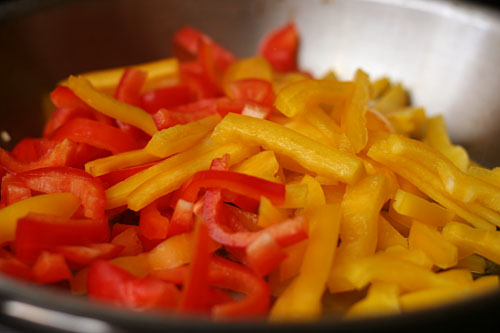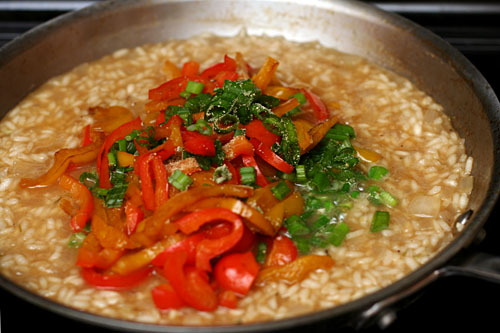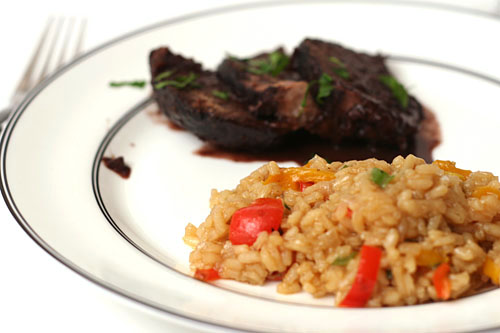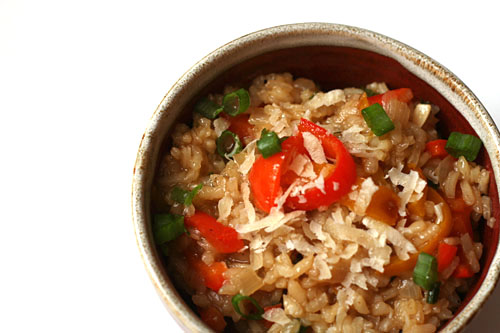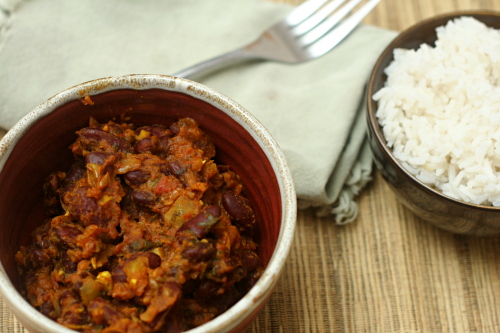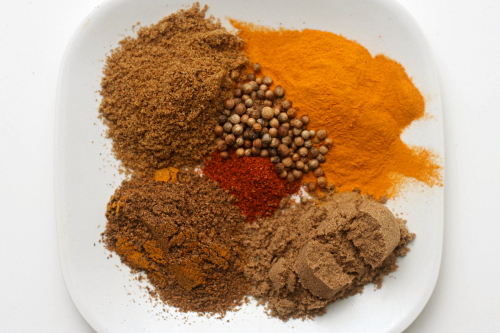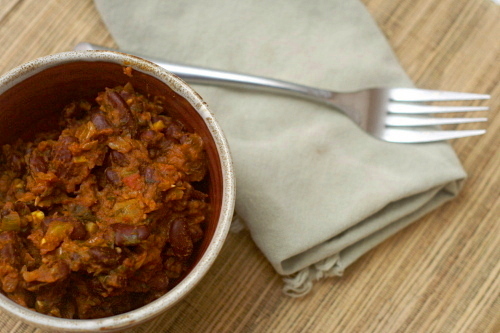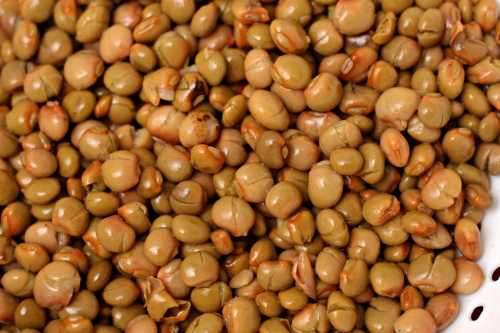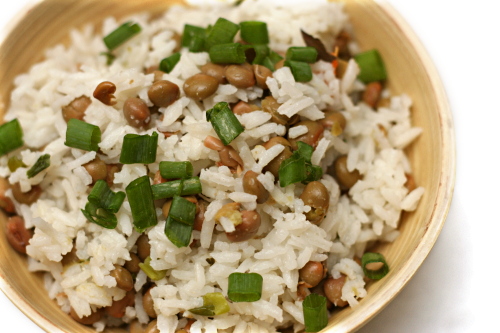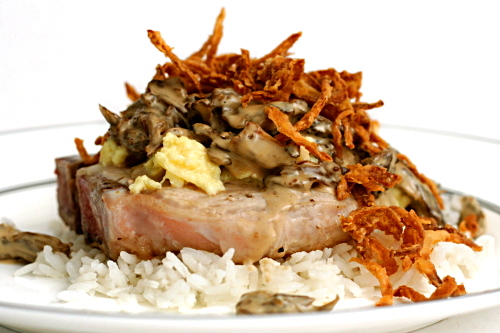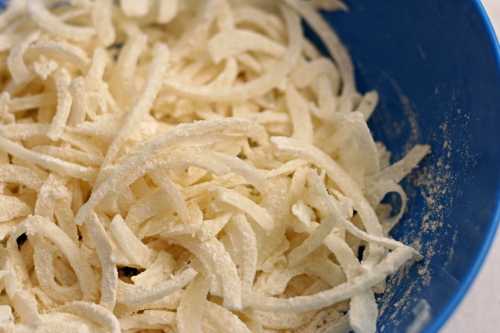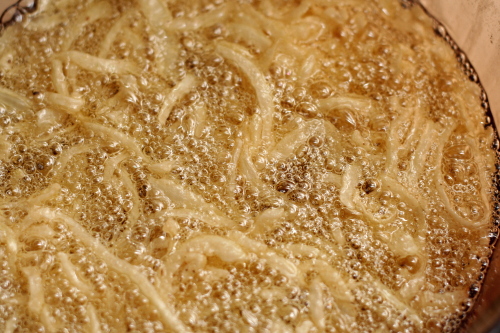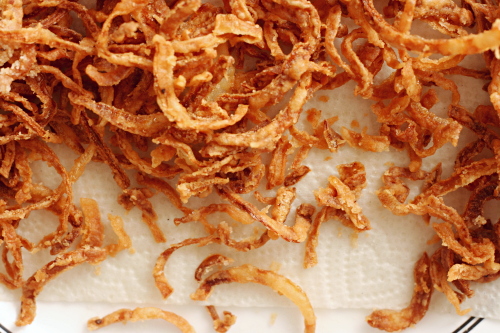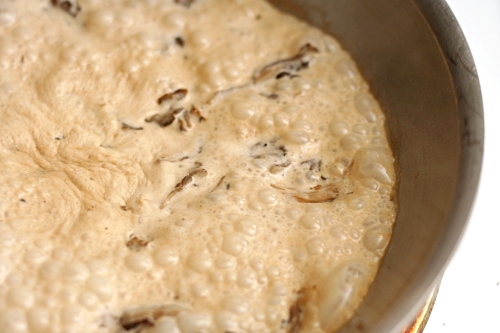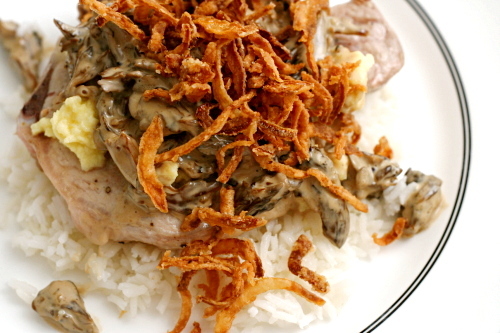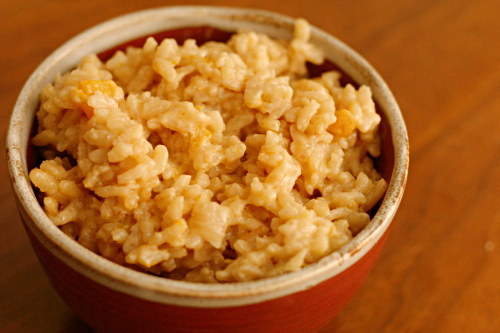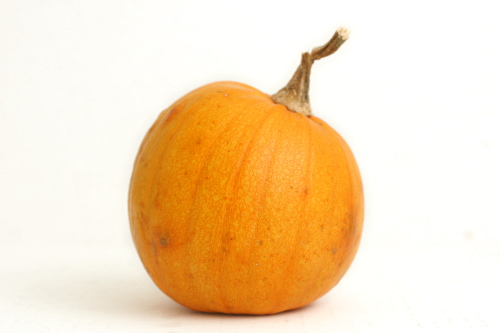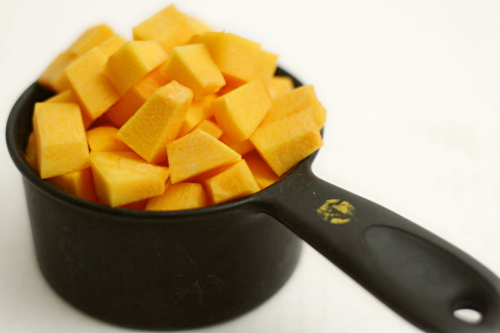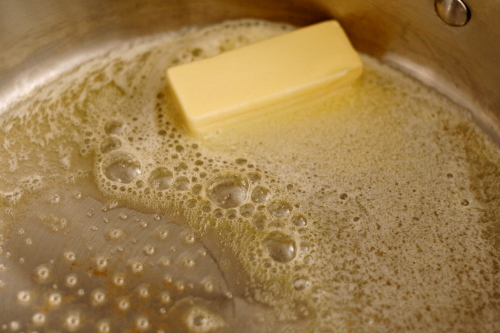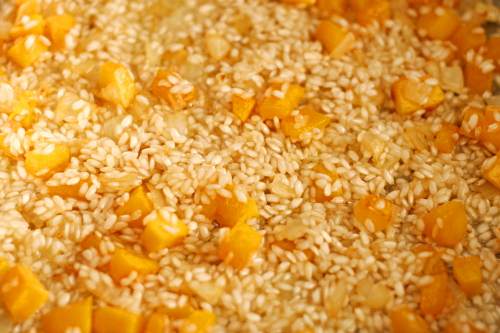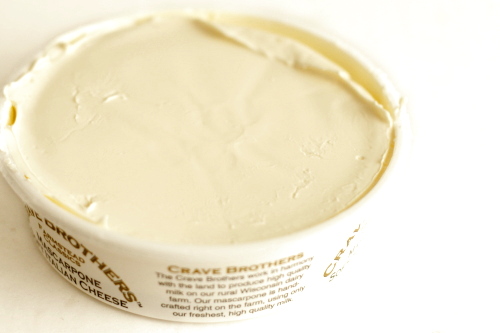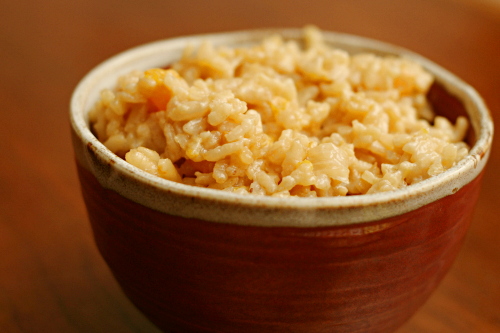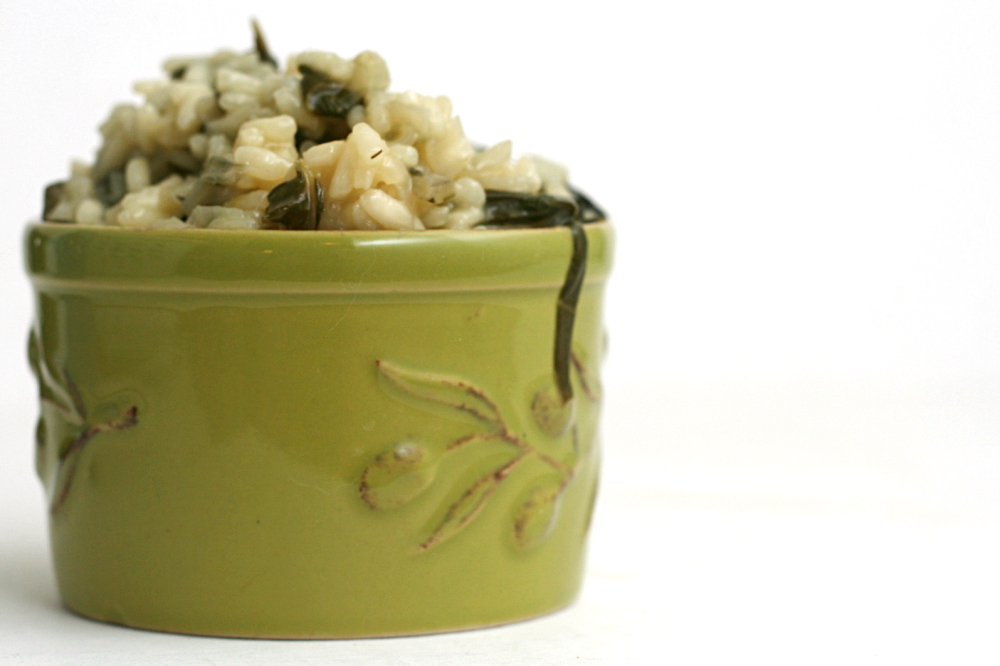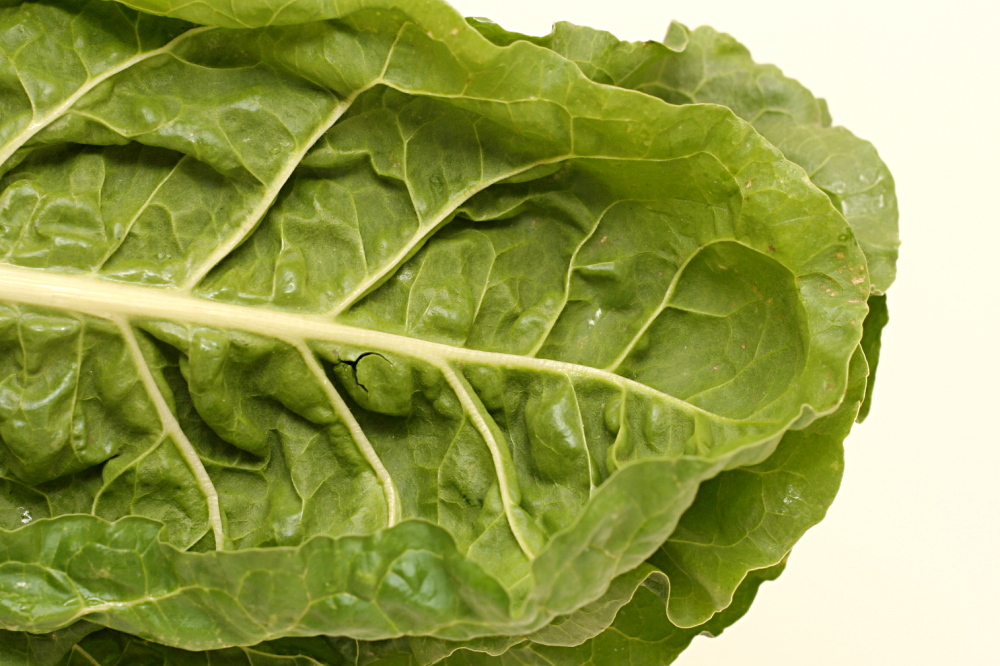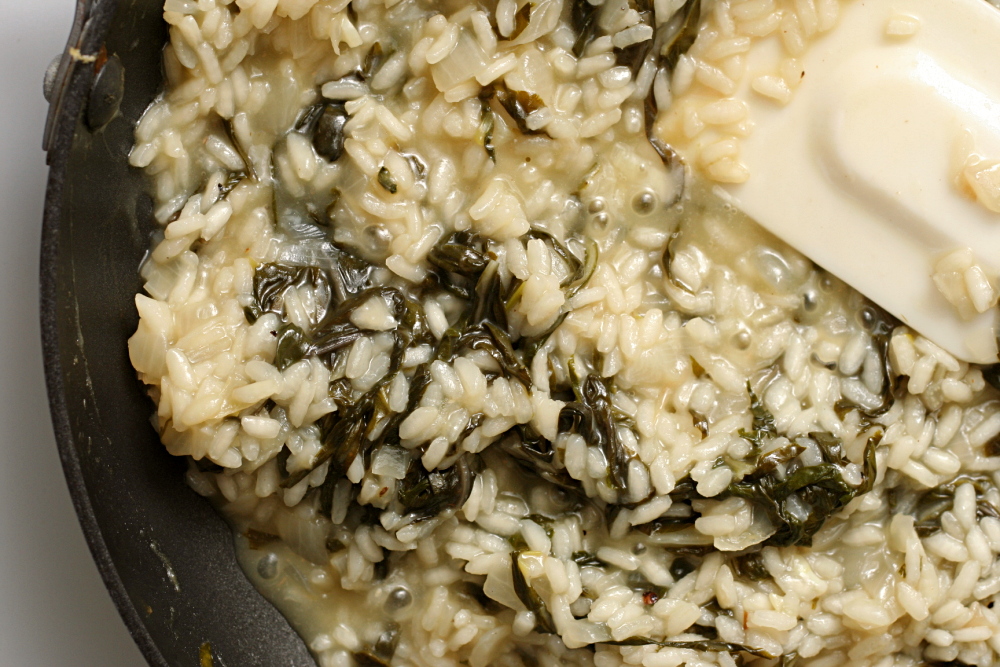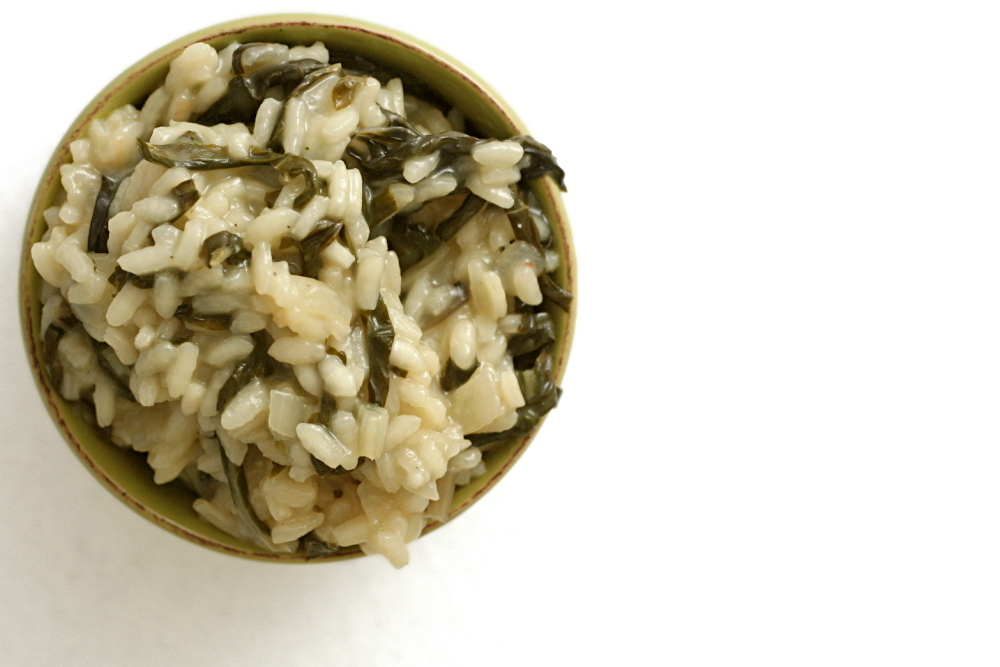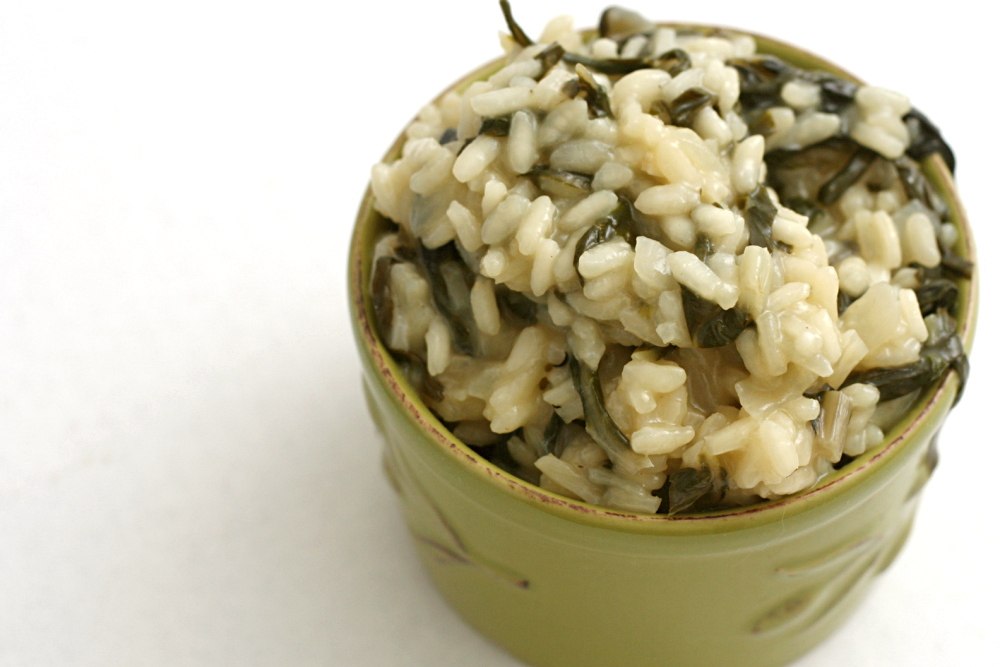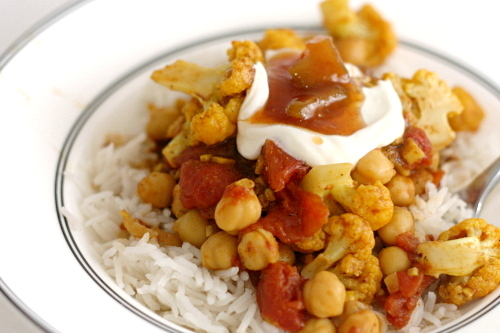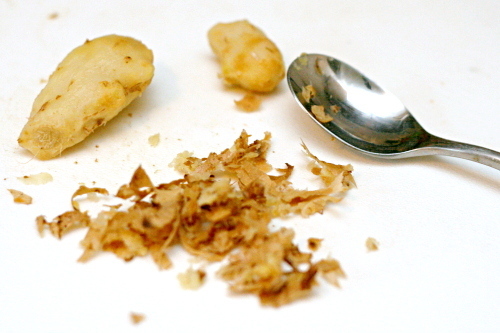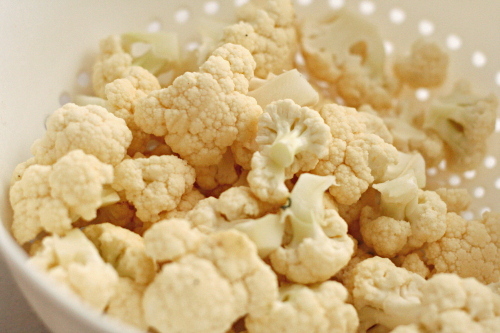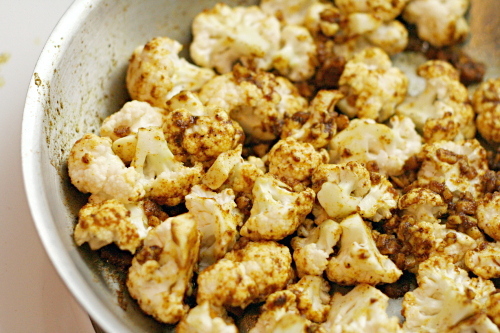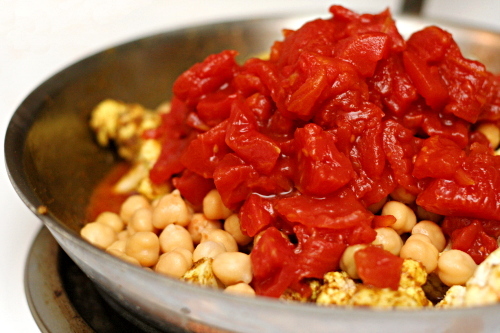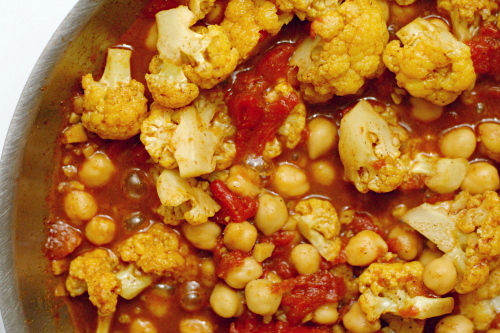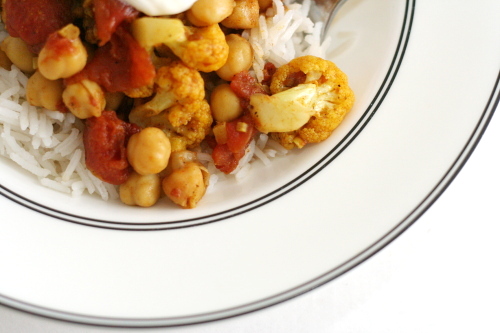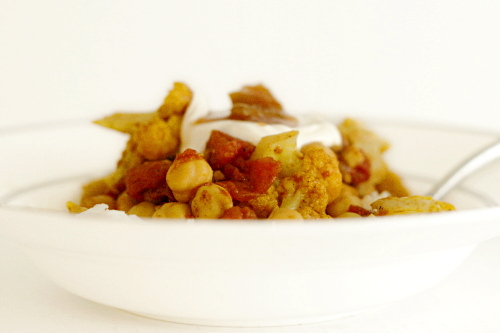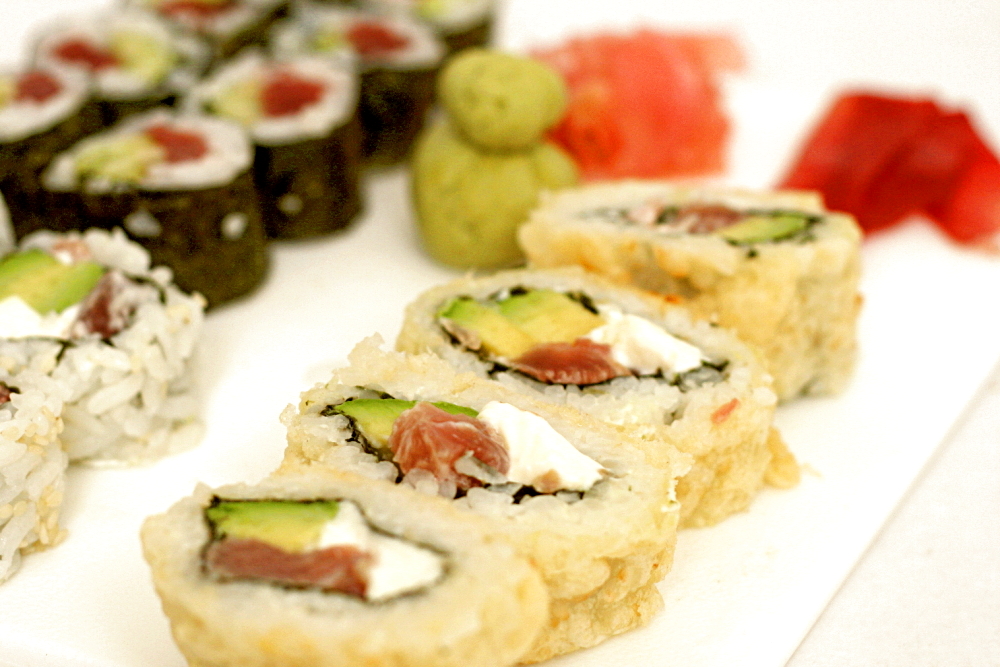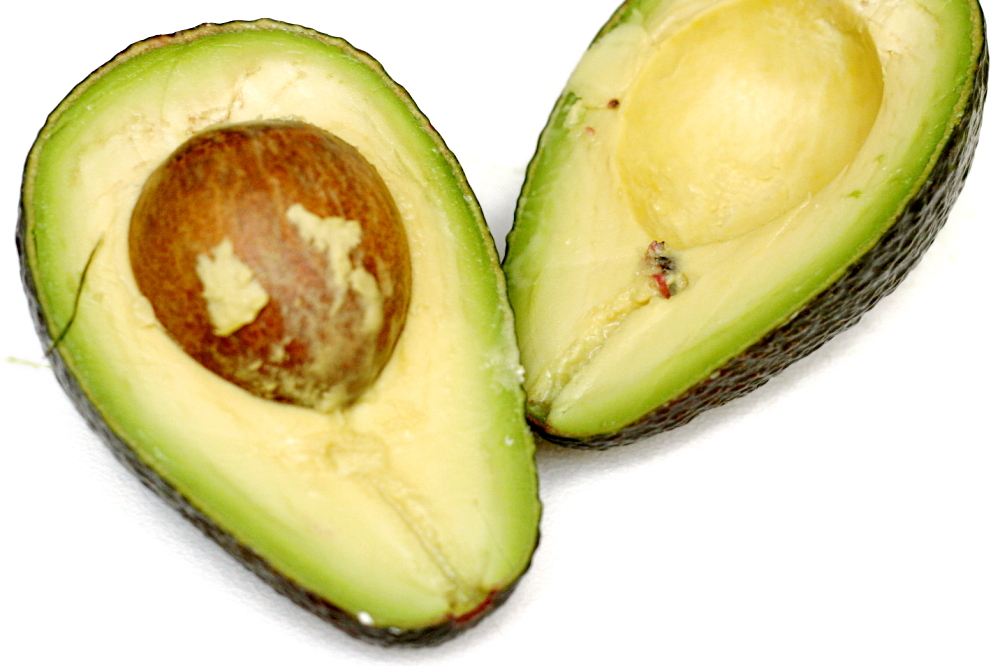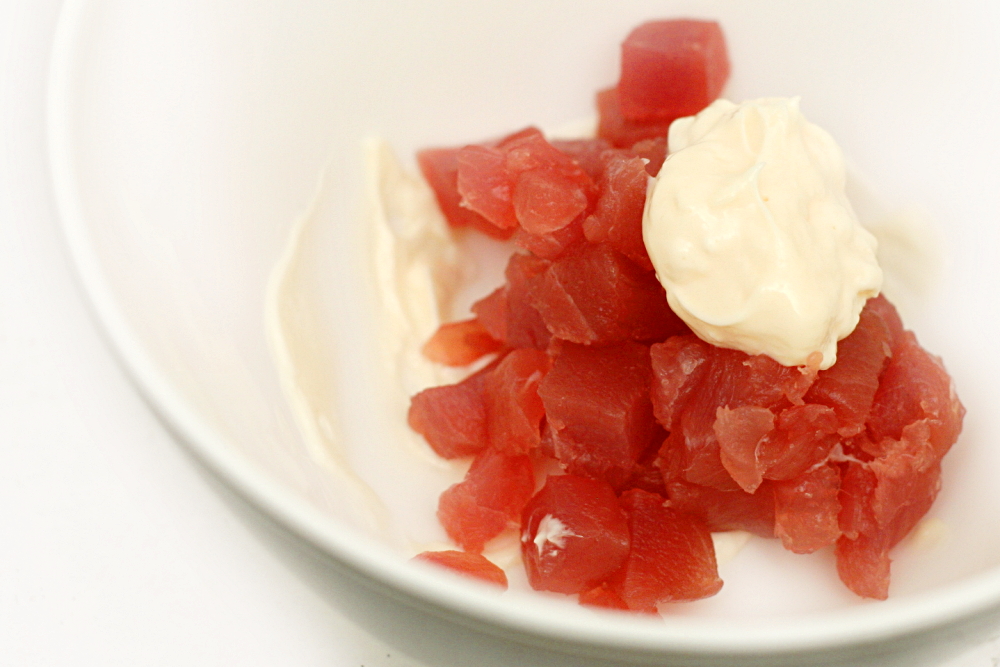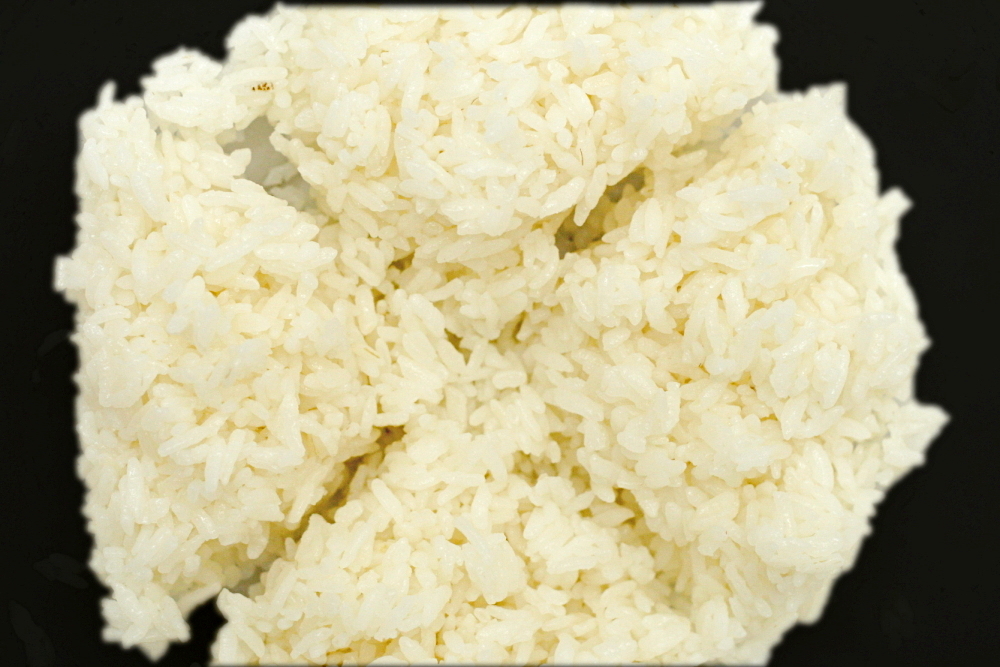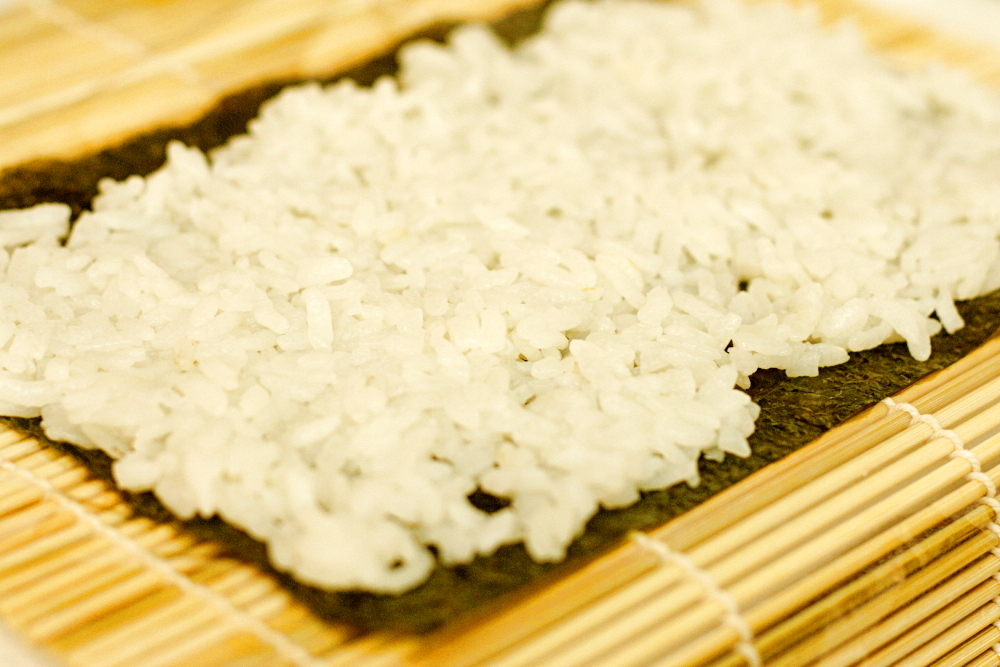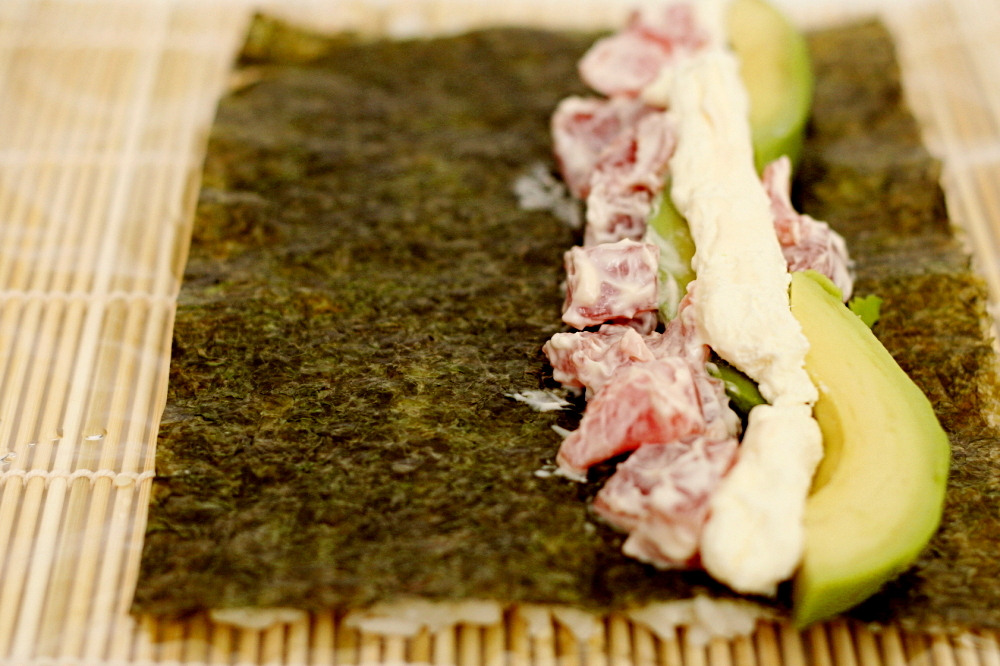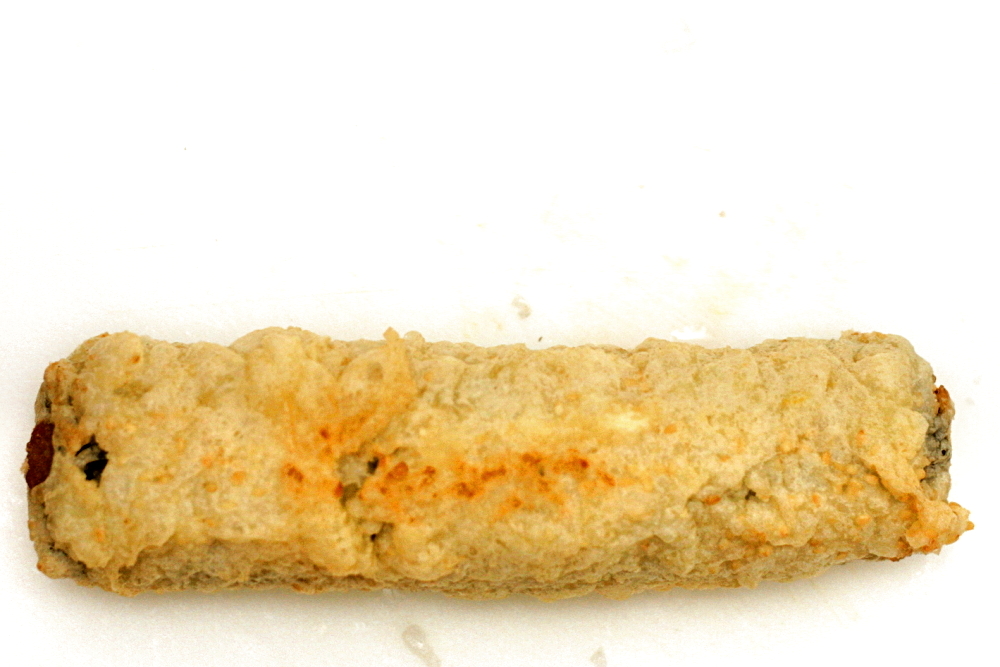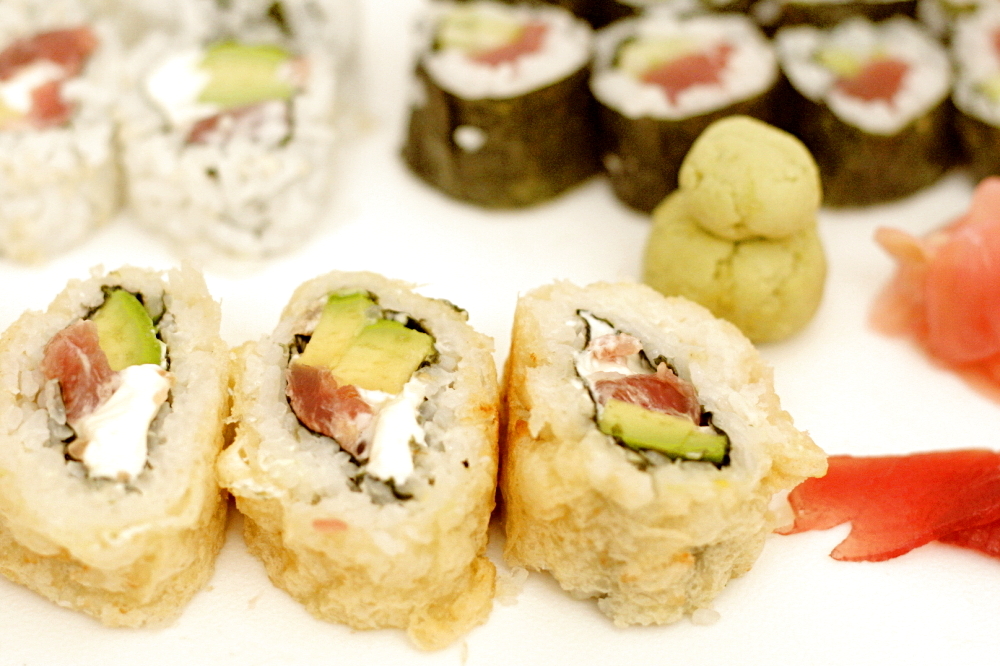I thought I’d already nailed my favorite brown rice recipe, but over time, I found myself not using it. There were two issues I was having. One was that it takes an hour and a half, and I don’t have that kind of foresight on an average weeknight. The other problem is that it starts on the stovetop and is transferred to the oven, which sounds simple enough, but I could never remember the cooking times and didn’t want to check a recipe for a basic side dish. I have too much else to do and think about; rice can’t be complicated.
In the comments of that baked brown rice post, I was pointed toward a recipe for rice cooked like pasta. Also, Stacy recommended basmati brown rice over other varieties, claiming that it’s more fragrant and flavorful. Because the nutty scent of white rice is one of my favorite aspects of it, I was eager to try any trick to get that experience with brown rice.
This worked. The basmati rice smells sweet and nutty while it boils, exactly how white rice smells while it steams. And the best part is that it’s so simple to make that even I can get it done on an average weeknight. That means we’ve pretty much eliminated another refined grain from our diets, with very little compromise in terms of effort or flavor.
One year ago: Chicken Fajitas
Two years ago: Anadama Bread
Three years ago: Sichuan Green Beans
Printer Friendly Recipe
Brown Rice (adapted from Saveur via Pinch My Salt)
This recipe can be scaled up or down as much as you want.
8 cups water
1 cup rice, rinsed
2 teaspoons salt
Bring the water to a boil over high heat. Add the rice and salt; reduce the heat to medium and simmer uncovered, stirring occasionally, for 30 minutes. Drain the rice in a strainer and return it to the pot, off the heat. Cover tightly and let set for 10 minutes. Fluff with a fork; serve.
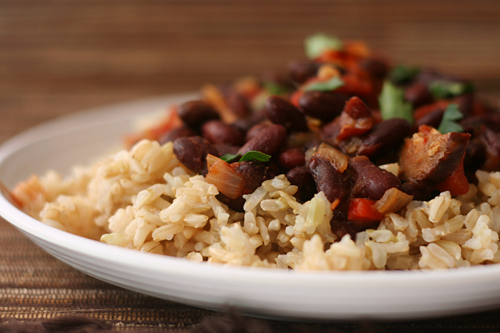 (This is Red Beans and Rice.)
(This is Red Beans and Rice.)

